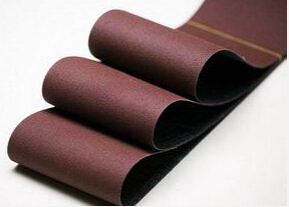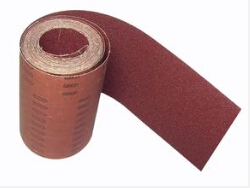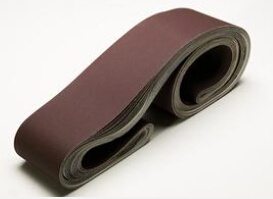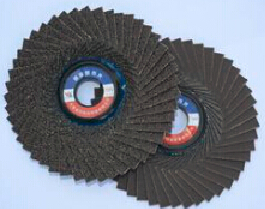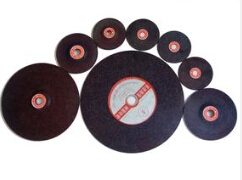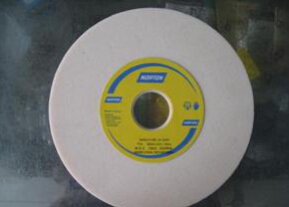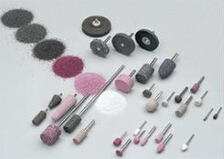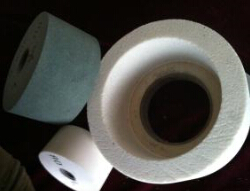Elementary Knowledge of Refractory
Zhongsen Editor 2021-01-22 1. Classifications, There are many types of refractory materials.usually divided into ordinary refractory materials (1580~1770℃), advanced refractory materials (1770~2000℃) and special grade refractory materials (above 2000℃) according to the degree of refractoriness; they are divided into acidic according to chemical characteristics Refractory materials, neutral refractory materials and alkaline refractory materials. In addition, there are refractory materials for special occasions.
The definition of refractories now depends not only on whether the refractoriness is above 1580℃. At present, refractory materials generally refer to inorganic non-metallic materials used in the lining of metallurgical, petrochemical, cement, ceramic and other production equipment.
II. Varieties,In common and special refractory materials, the commonly used varieties are mainly the following: 1. The large amount of acid refractory materials are silicon brick and clay brick. Silica bricks are silicon products containing more than 93% SiO2. The raw materials used are silica and waste silica bricks. Silica brick has strong resistance to acidic slag, but is easily eroded by alkaline slag. Its load softening temperature is very high, close to its refractoriness. After repeated calcination, the volume does not shrink or even slightly expand, but the thermal shock resistance is poor. Silica brick is mainly used in thermal equipment such as coke oven, glass melting furnace, acid steel-making furnace and so on. Clay bricks contain 30% to 46% alumina. It uses refractory clay as the main raw material. The refractoriness is 1580 to 1770°C. It has good thermal shock resistance. It is a weak acid refractory. It has corrosion resistance to acid slag and is widely used. It is the largest class of refractory materials currently produced.
2. Neutral refractory materials The main crystal phases in high alumina products are mullite and corundum. The content of corundum increases with the increase of alumina content. Corundum products containing more than 95% alumina are a widely used High-quality refractory materials. Chrome bricks are mainly made of chrome ore, and the main crystal phase is chromite. It has good corrosion resistance to steel slag, but poor thermal shock resistance and low deformation temperature under high temperature load. Chromium-magnesia bricks made of chrome ore and magnesia in different proportions have good thermal shock resistance, and are mainly used as alkaline open hearth roof tiles.
Carbonaceous products are another kind of neutral refractory materials. According to the composition of carbon-containing raw materials and the mineral composition of products, they are divided into three categories: carbon bricks, graphite products and silicon carbide products. Carbon bricks are made of high-grade petroleum coke as raw materials, plus tar and asphalt as binders, and fired at 1300°C in an air-insulated condition. Graphite products (except natural graphite) are made of carbonaceous materials by graphitization in an electric furnace at 2500~2800℃. Silicon carbide products use silicon carbide as the raw material, plus clay, silicon oxide and other binders and fire at 1350~1400℃. Silicon nitride and silicon powder can also be made into silicon nitride-silicon carbide products under a nitrogen atmosphere in an electric furnace.
The thermal expansion coefficient of carbonaceous products is very low, the thermal conductivity is high, the thermal shock resistance is good, and the high temperature strength is high. It is not softened under long-term use at high temperature, is not corroded by any acid or alkali, has good salt resistance, and is not wetted by metals and slag. It is lightweight and is a high-quality high temperature resistant material. The disadvantage is that it is easy to oxidize at high temperature and is not suitable for use in an oxidizing atmosphere. Carbonaceous products are widely used in the lining of high-temperature furnace linings (hearth, hearth, lower part of furnace body, etc.) and lining for melting non-ferrous metals. Graphite products can be used as linings for reaction tanks and petrochemical autoclaves. Silicon carbide and graphite products can also be made into crucibles for smelting copper with gold and light alloys.
3. Alkaline refractories are represented by magnesium products. It contains more than 80% to 85% of magnesium oxide, and the main crystal phase is cristobalite. The main raw materials for the production of magnesia bricks include magnesite and seawater magnesia, which are produced by high-temperature calcination of magnesium hydroxide extracted from seawater). It has good resistance to alkaline slag and iron slag. The melting point of pure magnesium oxide is as high as 2800℃, therefore, the fire resistance of magnesium bricks is higher than that of clay bricks and silica bricks. Since the mid-1950s, the production of alkaline refractory materials has gradually increased due to the use of oxygen-blown converter steelmaking and the use of alkaline open hearth furnace roofs, while the production of clay bricks and silica bricks has decreased. Alkaline refractories are mainly used in open hearth furnaces, oxygen-blown converters, electric furnaces, non-ferrous metal smelting, and some high-temperature thermal engineering equipment.
4. Oxide materials such as alumina, lanthanum oxide, beryllium oxide, calcium oxide, zirconium oxide, uranium oxide, magnesium oxide, cerium oxide, and thorium oxide have melting points of 2050-3050°C.
5. Refractory compound materials such as carbide (silicon carbide, titanium carbide, tantalum carbide, etc.), nitride (boron nitride, silicon nitride, etc.), boride (zirconium boride, titanium boride, hafnium boride, etc.) , Silicide (molybdenum disilicide, etc.) and sulfide (thorium sulfide, cerium sulfide, etc.). Their melting point is 2000 ~ 3887 ℃, the most refractory is carbide.
6. High-temperature composite materials such as cermets, high-temperature inorganic coatings and fiber-reinforced ceramics.
3. Performance The physical properties of refractory materials include structural performance, thermal performance, mechanical performance, service performance and operation performance.
The structural properties of refractory materials include porosity, bulk density, water absorption, air permeability, pore size distribution, etc.
The thermal properties of refractory materials include thermal conductivity, thermal expansion coefficient, specific heat, heat capacity, temperature coefficient, thermal emissivity, etc.
The mechanical properties of refractory materials include compressive strength, tensile strength, flexural strength, torsional strength, shear strength, impact strength, wear resistance, creep resistance, bond strength, elastic modulus, etc.
The use properties of refractory materials include refractoriness, softening temperature under load, reheating line change, thermal shock resistance, slag resistance, acid resistance, alkali resistance, hydration resistance, CO corrosion resistance, electrical conductivity, oxidation resistance Wait.
Fourth, production process According to the density and shape of the product, there are sintering method, melt casting method and melt injection method. The sintering method is to pre-fire some raw materials, crush and sieve them, mix them with raw materials according to a certain ratio, and then form, dry and fire them. The purpose of raw material pre-firing is to burn off the moisture, organic impurities and sulfate decomposition gas, in order to reduce the firing shrinkage of the product and ensure the accuracy of the product size. The raw materials also need to be sieved after crushing and grinding, because the blanks are graded by powders of different particle sizes, which can ensure the tightest packing and obtain a dense blank.
In order to make the ingredients and granules of various raw materials and clinkers uniform, it is necessary to mix them and add a binder at the same time to enhance the bonding strength of the blank. For example, aluminum silicate blanks are added with combined clay, magnesium blanks are added with sulfurous acid pulp waste liquid, and silica blanks are added with lime milk. According to the water content of the blank, semi-dry molding (about 5% moisture), plastic molding (about 15% moisture) and grouting molding (about 40% moisture) can be used. Then it is dried and fired. The fusion casting method is to mix raw materials through the processes of mixing and fine grinding of ingredients, melting at high temperature, casting directly, cooling and crystallizing, and annealing to form a product. Such as fused cast mullite brick, corundum brick and magnesia brick. Their compacts are dense, with high mechanical strength, high-temperature structural strength, good slag resistance, and the scope of use is constantly expanding. The melt blowing method is a method in which the ingredients are melted and then sprayed with high-pressure air or superheated steam to disperse them into fibers or hollow balls. The products are mainly used as light-weight refractory and heat insulation materials. In addition, it can also be made into powdery or granular amorphous refractory materials, which are cemented with binders such as tar, asphalt, cement, phosphate, sulfate or chloride, and used directly without forming and sintering.

